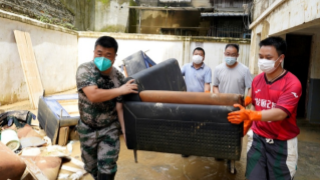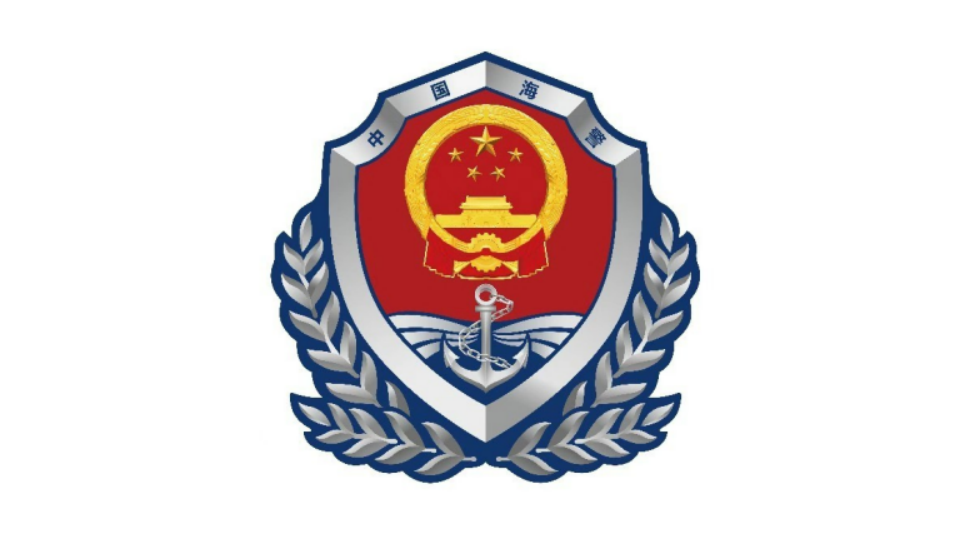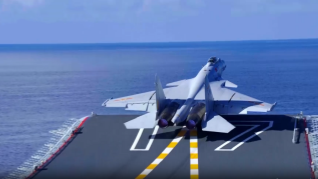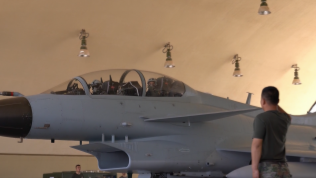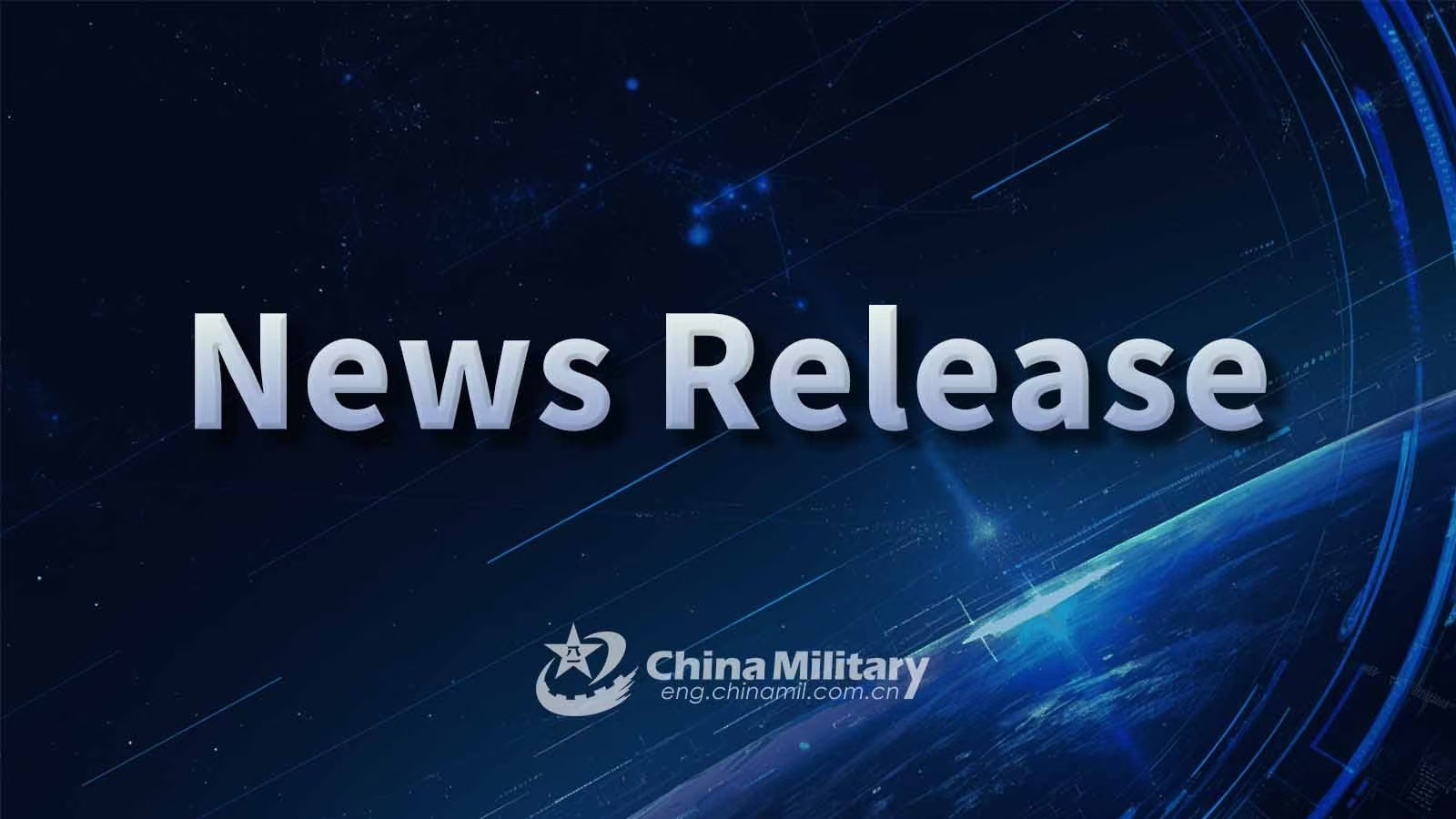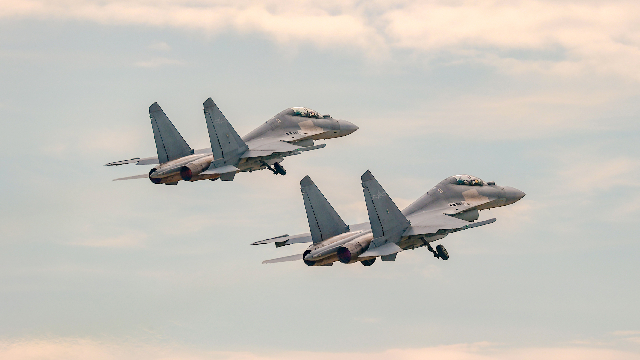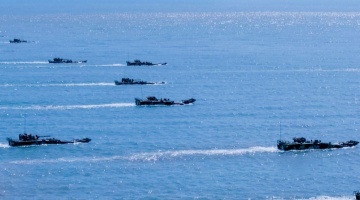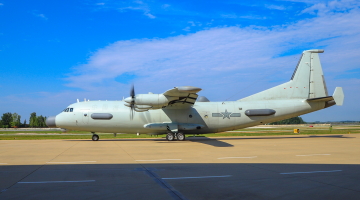By Ma Bo and Ruan Wenjia
Recently, the Philippines collaborated with countries outside the region to stir up the situation in the South China Sea by organizing the so-called joint air patrols and publicly hyping them. For this, the Chinese People's Liberation Army (PLA) Southern Theater Command responded and stressed that the situation was fully under control, and the troops of the Theater Command always remain high alert to resolutely defend China's national sovereignty, security, and maritime rights and interests, and safeguard the peace and stability in the South China Sea.
While the recent military operations of the US and the Philippines undeniably involve provocative elements, it becomes more evident that the US is grappling with multiple geopolitical crises and experiencing military constraints, thus being anxious to demonstrate its regional military strength to its allies and Asia-Pacific countries. According to foreign media reports, the US may unprecedentedly deploy five aircraft carriers in the Western Pacific in 2024, not only to alleviate its current understrength condition and prolonged fatigue in the Asia-Pacific but also to boost the morale of itself and its allies like the Philippines.
The above tendencies show that despite the China-US relations becoming steadier, the war mentality of the US military remains entrenched, which is mainly reflected in the fact that the US still hasn't erased its history of colonizing the Philippines, and regards the latter's land and adjacent waters as its own spheres of influence. At present, some people in the US draw a parallel between China's rapidly developing naval power and the pre-WWII condition of Japan, arguing that the Philippines and the Philippine Sea play an extremely significant role in the military game between China and the US.
In fact, guided by the war mentality, the military cooperation between the US and the Philippines has been increasingly intensifying in recent years. Under the Enhanced Defense Cooperation Agreement between the two sides, the US currently has access to nine military bases in the Philippines. In September 2023, they conducted their first joint patrol in the waters west of Palawan Island, marking a "major leap" in their bilateral military interoperability. From November 21 to 23, they initiated a so-called joint naval and air patrols in the South China Sea. On January 3, 2024, they launched their second two-day joint patrol in the South China Sea. On February 9, on the occasion of Chinese New Year's Eve, the naval forces of the two countries conducted their third joint naval and air patrol in the South China Sea.
It should be noted that the Philippine side exhibits anxiety, even restlessness likewise. Since Ferdinand Marcos came to power, the new Philippine government has changed the relatively moderate South China Sea policy adopted by the preceding Rodrigo Duterte administration, demonstrating toughness on the South China Sea issue by repeatedly provoking China. The Philippines has also taken the initiative to strengthen interactions with countries within and outside the region, in a bid to win international support for continued pressure on China.
First, the Philippines tries to draw in Malaysia, Vietnam, Indonesia and other countries in the region, hoping to start over and formulate a code of conduct in the South China Sea excluding China. Clearly, this scheme will not receive support from ASEAN countries.
Second, the Philippines has made every effort to upgrade its defense with countries outside the region and undermine the overall stable environment in the South China Sea. The country upgraded its relationship with Australia to strategic partnership and launched the first joint maritime patrol with the latter in November last year. The Philippines also actively upgrades defense cooperation with Japan to build a US-Japan-Philippines plus cooperation model. To spoil the situation, the Philippines even offered to cooperate with India on defense. In late January this year, India agreed to export the BrahMos supersonic missile system to the Philippines.
This series of moves by the Philippine government is designed to deter China by resorting to the military powers of countries outside the region. They also manifest the fear within the Philippine government. Confronted with multiple geopolitical crises around the globe, Western countries, especially the US, have increasingly found themselves overwhelmed and inadequate to handle the situation. The situation is compounded by the current great domestic political uncertainty in the US. The US' allies including the Philippines are concerned that if Donald Trump regains power, there is a high probability of the US reverting to the previous diplomacy of isolationism and selectively abandoning some of its allies. The Philippines wants to maximize the institutionalization of its current military cooperation with the US and lock in the benefits gained to cope with future uncertainties.
However, irrespective of how strong the desire to appease the US is, the Philippines, as a neighbor of China, should not employ accomplishments that compromise China's interests as proof of allegiance and tie its trajectory and destiny to the chariot of the US. Such behaviors not only lack political foresight but also pose extreme dangers. The world in 2024 will possibly witness unrest and constant emerging local conflicts, and under the instigation of the US, the risk of sparking accidental conflicts in the South China Sea is continuously escalating. If the Philippines does not rein in on the brink of the precipice, it may inevitably set fire to itself and suffer the repercussions in the end.
(The authors are respectively an associate professor & assistant director and a research assistant of the Collaborative Innovation Center of South China Sea Studies at Nanjing University.)
Editor's note: Originally published on huanqiu.com, this article is translated from Chinese into English and edited by the China Military Online. The information and opinions in this article do not necessarily reflect the views of eng.chinamil.com.cn.

